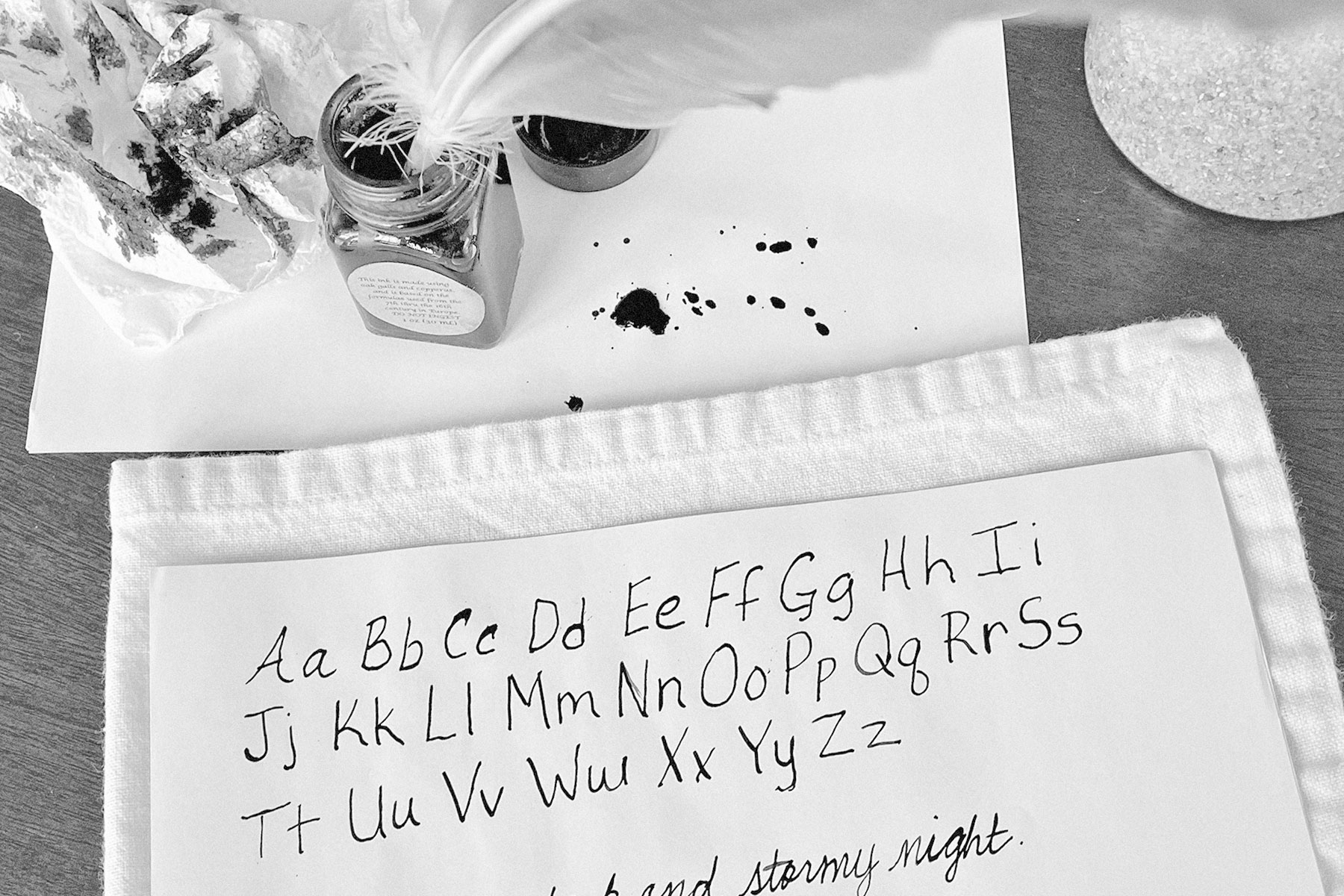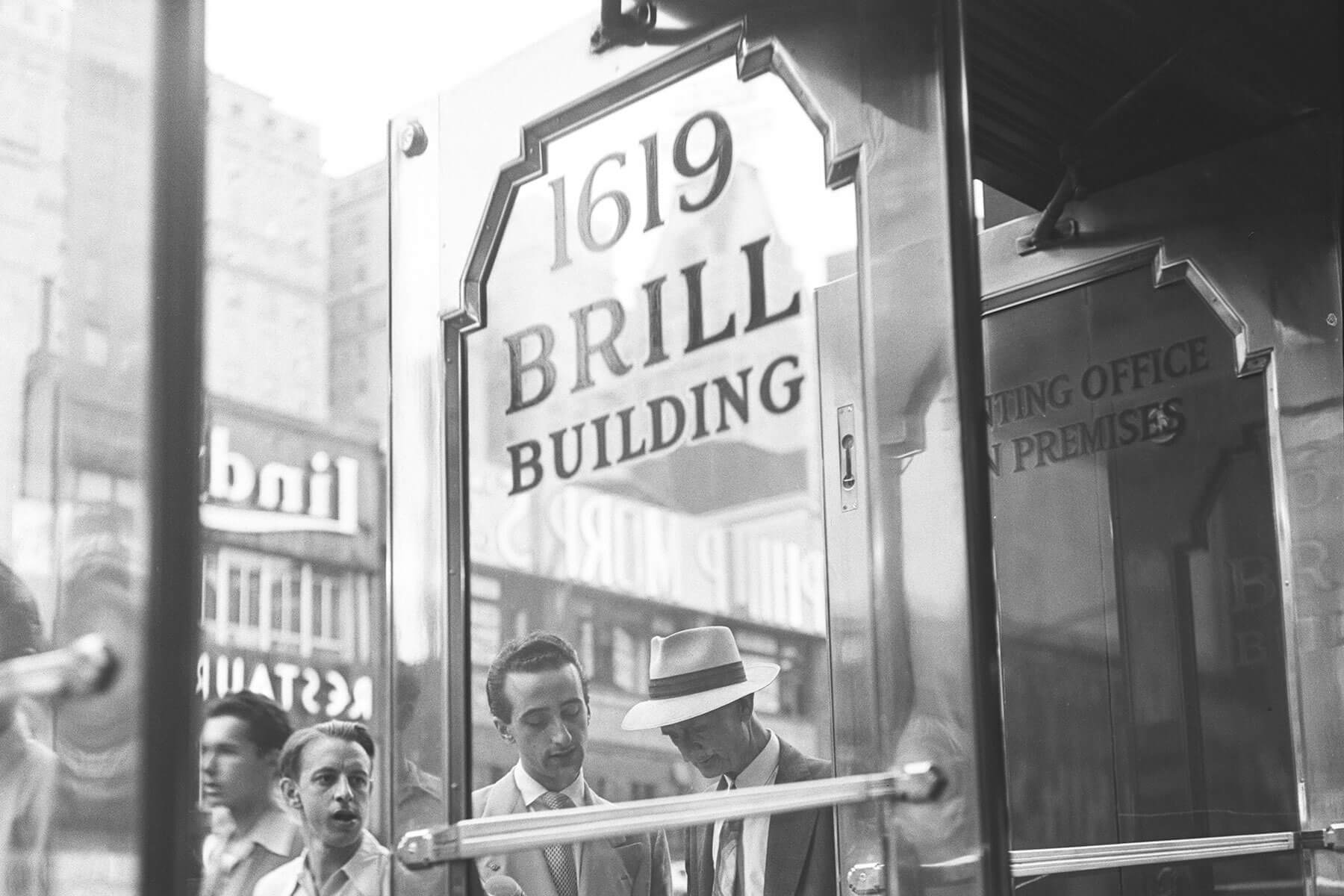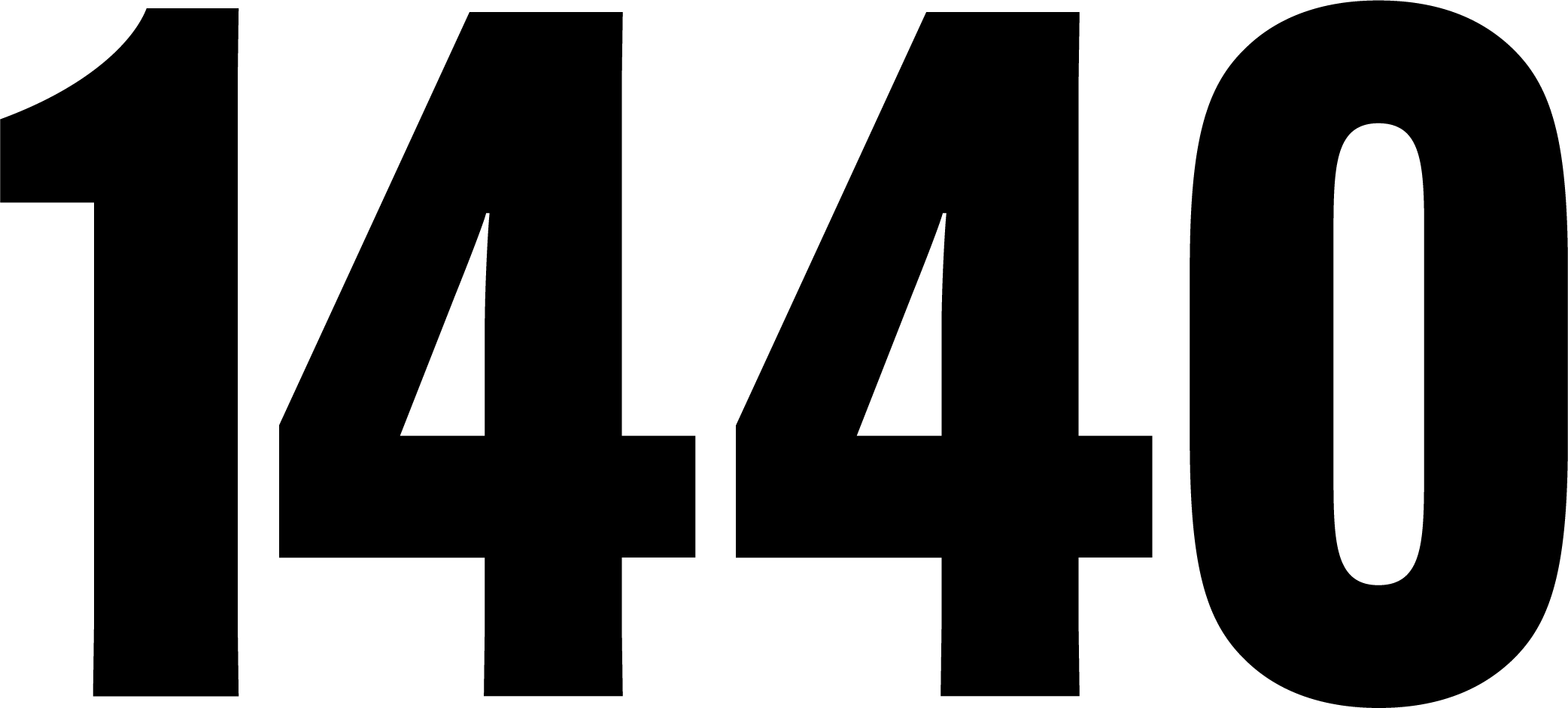 |
The oldest photo of a U.S. president is of John Quincy Adams. |
Famous Figures |
 |
| |
| This wasn't the first time the venerable congressman had posed for a photo: During a trip to Boston the previous September, he paid a visit to the studio of John Plumbe, though he struggled to stay awake during the hour-and-a-half session. Fortunately, the March 1843 experiences were more fruitful for both the sitter and photographer. Adams' March 8 diary entry reflects his amazement of the process, which he described as "yet altogether incomprehensible to me... It would seem as easy to stamp a fixed portrait from the reflection of a mirror; but how wonderful would that reflection itself be, if we were not familiarised to it from childhood." Returning the following week, Adams interrupted the session of fellow congressman Horace Everett to have his photo taken again. He later gave one of the resulting daguerreotypes to Everett, perhaps as a token of appreciation for allowing him to cut the line; it remained hidden from the public until being unearthed in the 1990s, and today sits in the National Portrait Gallery as the oldest surviving photo of a U.S. president. | |
| It's worth noting that Adams was not the first president to be photographed; that honor goes to William Henry Harrison, who sat for a daguerreotype shortly after his inauguration in March 1841, although that image has been lost to history. And as the Adams administration had been over for more than a decade by the time the former president posed for Haas, it is also not the oldest photo of a sitting U.S. president. That distinction belongs to James K. Polk, who posed for his piece of history in the White House in 1849. | |
 | |
 | |||
| |||
Clear, Unbiased News Every Day: Join 1440 | |||
| Thank you for supporting our sponsors! They help us keep History Facts free. |
 | |||||||||
By the Numbers | |||||||||
| |||||||||
| |||||||||
 | |||||||||
| |||||||||
Samuel Morse helped popularize photography in America. | |||||||||
| Although he's primarily remembered for his work with the electric telegraph, Samuel Morse was also an accomplished painter, and he was intrigued by the visual and commercial possibilities of the medium of photography. Upon learning of the invention of the daguerreotype in early 1839, Morse visited its French inventor, Louis-Jacques-Mandé Daguerre, to see this new contraption for himself. His description of the experience, the first firsthand account of the technology to appear in America, was published in the New-York Observer in April 1839, and soon reprinted in newspapers in Philadelphia, Boston, and New Orleans. The following spring, Morse teamed with a colleague to open New York City's second portrait studio; along with capturing images of wealthy clients, Morse taught the process to students that included famed Civil War photographer Mathew Brady. Although he ultimately turned his attention back to the telegraph, Morse's early interest in the camera and its ability to produce startling lifelike images helped spread the gospel of photography in America. | |||||||||
 | |||
Recommended Reading | |||
 | |||
| | |||
 | |||
| | |||
| + Load more | |||
| |||||||||
| 700 N Colorado Blvd, #513, Denver, CO 80206 | |||||||||






No comments:
Post a Comment